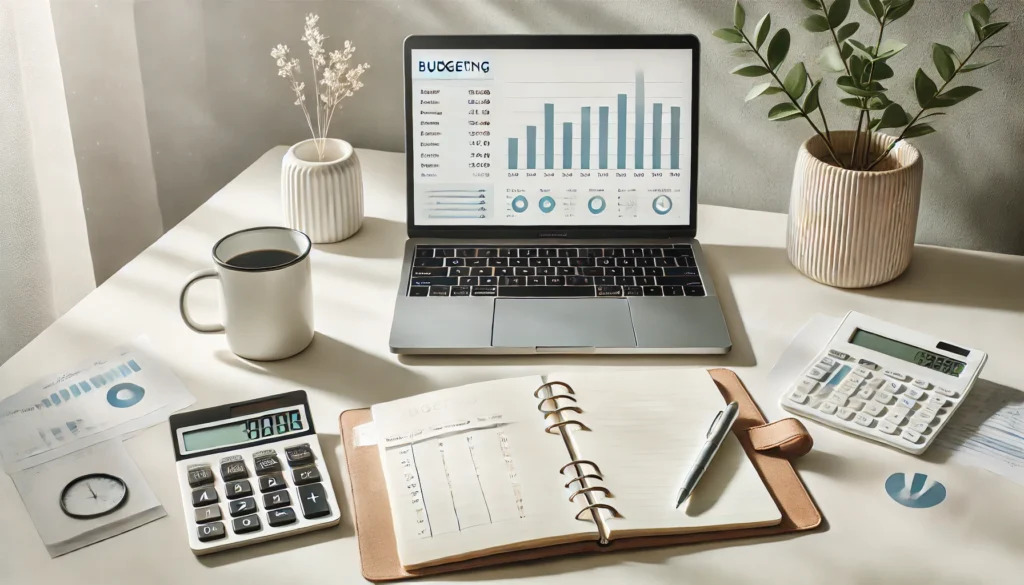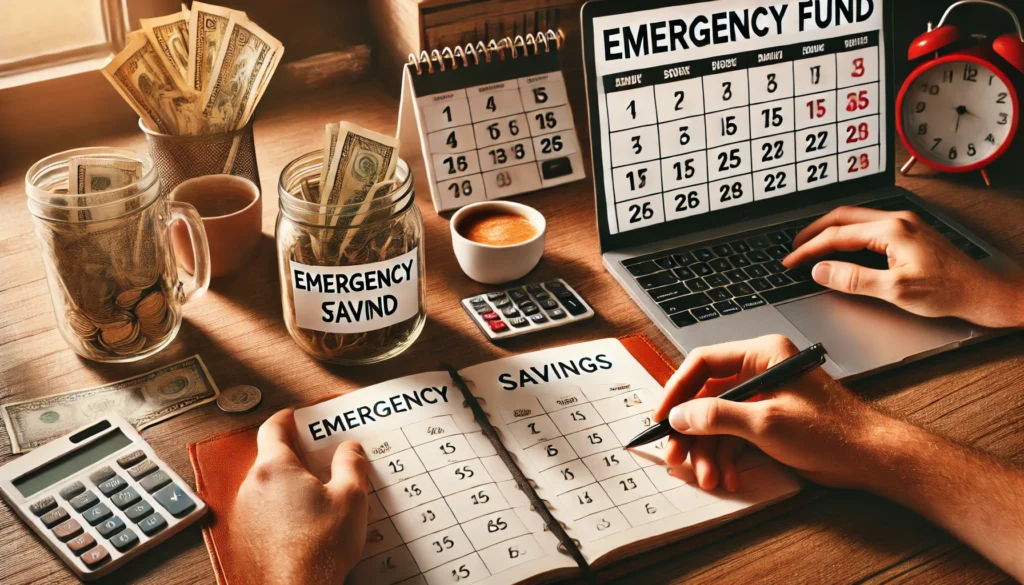Managing debt can feel overwhelming, but there are strategies to simplify your financial life. Two powerful tools that can make a difference are refinancing your mortgage and debt consolidation. If you’re wondering how these work or if they’re right for you, don’t worry — I’ve got you covered! In this guide, we’ll explore refinancing, debt consolidation, and how to combine them effectively to achieve financial peace of mind.
Table of Contents
What is Refinancing a Mortgage?
Refinancing a mortgage means replacing your current mortgage with a new one, often to secure better terms or a lower interest rate. Think of it as hitting the reset button on your loan but with added benefits.
Benefits of Refinancing:
Lower Monthly Payments: A lower interest rate often means reduced monthly payments, giving you extra cash to handle other expenses or save.
Reduced Interest Over Time: Lower interest rates mean you’ll pay less in the long run, keeping more money in your pocket.
Access to Cash Through Equity: With a cash-out refinance, you can borrow against the equity in your home to pay off debts or fund other needs.
When to Consider Refinancing:
Interest rates have dropped.
Your credit score has improved, qualifying you for better terms.
You want to adjust the length of your loan (shorter or longer term).
Pro tip: If you’re looking for mortgage refinancing tips, shop around for the best rates and compare closing costs to ensure it’s worth it.
What is Debt Consolidation?
Debt consolidation involves combining multiple debts into one, ideally with a lower interest rate. This simplifies repayment and can save you money.
Benefits of Debt Consolidation:
One Monthly Payment: No more juggling multiple bills — one payment is all you’ll need to focus on.
Lower Interest Rates: Replacing high-interest credit card debt with a lower-rate loan can reduce what you pay overall.
Reduced Financial Stress: Simplifying payments can ease the mental load of managing debt.
Types of Debt Consolidation Options:
Personal Loans: Fixed rates and terms make them a predictable option.
Balance Transfer Credit Cards: Transfer high-interest balances to a card with a low introductory rate.
Home Equity Loans or HELOCs: Borrow against your home’s equity to pay off debts.
If you’re searching for the best debt consolidation loans, compare options carefully to find one that fits your needs.
Combining Refinancing and Debt Consolidation
Did you know refinancing can help with debt consolidation? It’s like a financial double-whammy for simplifying your life.
How Refinancing Can Be Used for Debt Consolidation:
Cash-Out Refinance: Borrow against your home’s equity to pay off high-interest debts, like credit cards or personal loans.
Lower Monthly Payments: Use the savings from refinancing to tackle other debts more aggressively.
Advantages of Combining Both Strategies:
Lower Overall Interest Costs: Refinancing to pay off high-interest debts can save you a bundle.
Simplified Debt Repayment: Consolidate debts and your mortgage into one manageable payment.
Improved Cash Flow Management: Freeing up money makes it easier to handle day-to-day expenses.
Things to Watch Out For:
Closing Costs: Refinancing isn’t free; make sure the savings outweigh the fees.
Secured vs. Unsecured Debt: Turning unsecured debt into secured debt puts your home at risk if you can’t make payments.

Steps to Refinance a Mortgage and Consolidate Debt
1. Evaluate Your Financial Situation
Take stock of your debts, interest rates, and monthly cash flow. Knowing where you stand is key to making smart decisions.
2. Check Your Credit Score
A higher credit score opens doors to better refinancing and debt consolidation terms. If your score isn’t great, work on improving it first.
3. Research and Compare Lenders
Look for lenders that specialize in mortgage and debt consolidation loans. Compare rates, fees, and customer reviews.
4. Calculate Savings
Use online calculators to see how much you’d save. Factor in closing costs and ensure refinancing makes financial sense.
5. Apply and Close the Loan
Gather your documents (pay stubs, tax returns, etc.), complete the application, and finalize the terms. Then, breathe a sigh of relief!
Best Mortgage and Debt Consolidation Options
Finding the right fit depends on your financial situation. Options like cash-out refinances, personal loans, or HELOCs can all be great tools. For the best mortgage and debt consolidation strategies, consult with a financial advisor or lender who understands your goals.
Can You Consolidate Debt into a First-Time Mortgage?
If you’re buying your first home, you might wonder if debt consolidation is possible. While it’s uncommon to directly consolidate debts into a first mortgage, you can focus on reducing debts before applying to qualify for better terms.
Alternatives to Refinancing and Debt Consolidation
If refinancing or consolidating isn’t right for you, consider these alternatives:
Negotiate Lower Interest Rates: Call creditors to request reduced rates.
Government Programs or Counseling: Seek assistance from programs designed to help manage debt.
Debt Snowball or Avalanche Plans: Pay off smaller debts first (snowball) or tackle high-interest debts first (avalanche).
Final Thoughts
Refinancing and debt consolidation are powerful tools to improve your financial health, but they’re not one-size-fits-all solutions. Evaluate your situation, do the math, and seek professional advice if needed. Remember, the goal is to simplify your life and create a brighter financial future.
Also Read: Why Does Higher Credit Utilization Decrease Credit Score
Frequently Asked Questions(FAQs)
1. Is refinancing the same as debt consolidation?
No, refinancing replaces an existing loan with a new one, typically with better terms, while debt consolidation combines multiple debts into a single payment.
2. What is a cash-out refinance for debt consolidation?
A cash-out refinance allows you to borrow against your home’s equity to pay off high-interest debts, consolidating them into your mortgage.
3. Are there risks to combining refinancing and debt consolidation?
Yes, converting unsecured debt (like credit cards) into secured debt (your mortgage) puts your home at risk if you can’t make payments. Also, consider closing costs and fees.
4. How do I know if refinancing or consolidating is right for me?
Evaluate your financial situation, credit score, and the potential savings. Consulting with a financial advisor can help you make the best decision.
5. Can first-time homebuyers consolidate debt into their mortgage?
Not directly, but reducing debts before applying can improve your chances of securing favorable mortgage terms.

